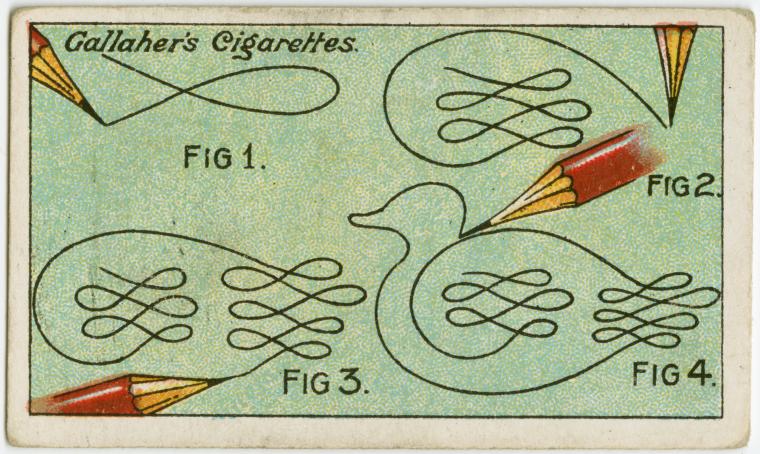Patent Classification: Changes A'Comin'

If you investigate the USPTO online patent database, it is apparent you can do keyword searches. And, maybe if you're really, really good—or lucky—you'll find relevant patents and published applications for your research that way. But there are some limits on keyword searching, such as:
- The searchable full text for U.S. patents is only really dependable from 1976 on.
- General terms are frequently used in titles (e.g., "A Game") and descriptions; searching these will probably pull up too many patents for you to want to look at. Searching very specific terms may cause you to miss patents that use the general terms.
- There is a special language of patents. For example, what is a "coating implement with material supply in an expendable sheath"? [Answer in the link at the bottom of this post - Hint: as with the economy of characters rule in TV shows, there are no coincidences.]
 Because of the keyword problems, and for other reasons, the USPTO recommends searching techniques using the U.S. Patent Classification System. Training the public to use this system is one of our continuing, primary roles here at SIBL as well as at other Patent and Trademark Depository Libraries. Points covered include accessing and using the Index to the classification system to find relevant terms, which then offer suggestions for appropriate Classes and Subclasses within the Manual of Classification for further investigation of individual patents and applications. In the hierarchy of Classes and Subclasses created over the years by the USPTO, like patents are grouped together with the intention of reducing the size of the universe (or universes in many cases) of patents and applications that will constitute relevant prior art.
Because of the keyword problems, and for other reasons, the USPTO recommends searching techniques using the U.S. Patent Classification System. Training the public to use this system is one of our continuing, primary roles here at SIBL as well as at other Patent and Trademark Depository Libraries. Points covered include accessing and using the Index to the classification system to find relevant terms, which then offer suggestions for appropriate Classes and Subclasses within the Manual of Classification for further investigation of individual patents and applications. In the hierarchy of Classes and Subclasses created over the years by the USPTO, like patents are grouped together with the intention of reducing the size of the universe (or universes in many cases) of patents and applications that will constitute relevant prior art.
There's more to say about the patent classification system, but that will have to wait. The real purpose of this entry is to start sharing this news—the current U.S. classification system will be replaced in the near future by a joint classification system derived from the system currently in use by the European Patent Office. Two press releases are available on this matter at the USPTO website: "USPTO and EPO Work Toward Joint Patent Classification System" from October 25, 2010 and "USPTO and EPO Reach Agreement on Principles of Cooperative Patent Classification System" from February 4, 2011. The timetable for this reclassification, as was told to us at the PTDLP Conference in April, is to have the the new Cooperative Patent Classification system in place and bilaterally operational by December 2012. As a result of this change, we here at SIBL, librarians at other PTDLs, and the various personnel of the USPTO will have to learn a whole new system for searching U.S. patents and the USPTO patent database.
In future posts, I hope to explore a bit more what this new CPC is expected to look like, as well as what this means for patent searching in the future at PTDLs and the USPTO website. So stay tuned...
Read E-Books with SimplyE
 With your library card, it's easier than ever to choose from more than 300,000 e-books on SimplyE, The New York Public Library's free e-reader app. Gain access to digital resources for all ages, including e-books, audiobooks, databases, and more.
With your library card, it's easier than ever to choose from more than 300,000 e-books on SimplyE, The New York Public Library's free e-reader app. Gain access to digital resources for all ages, including e-books, audiobooks, databases, and more.
If you don’t have an NYPL library card, New York State residents can apply for a digital card online or through SimplyE (available on the App Store or Google Play).
Need more help? Read our guide to using SimplyE.